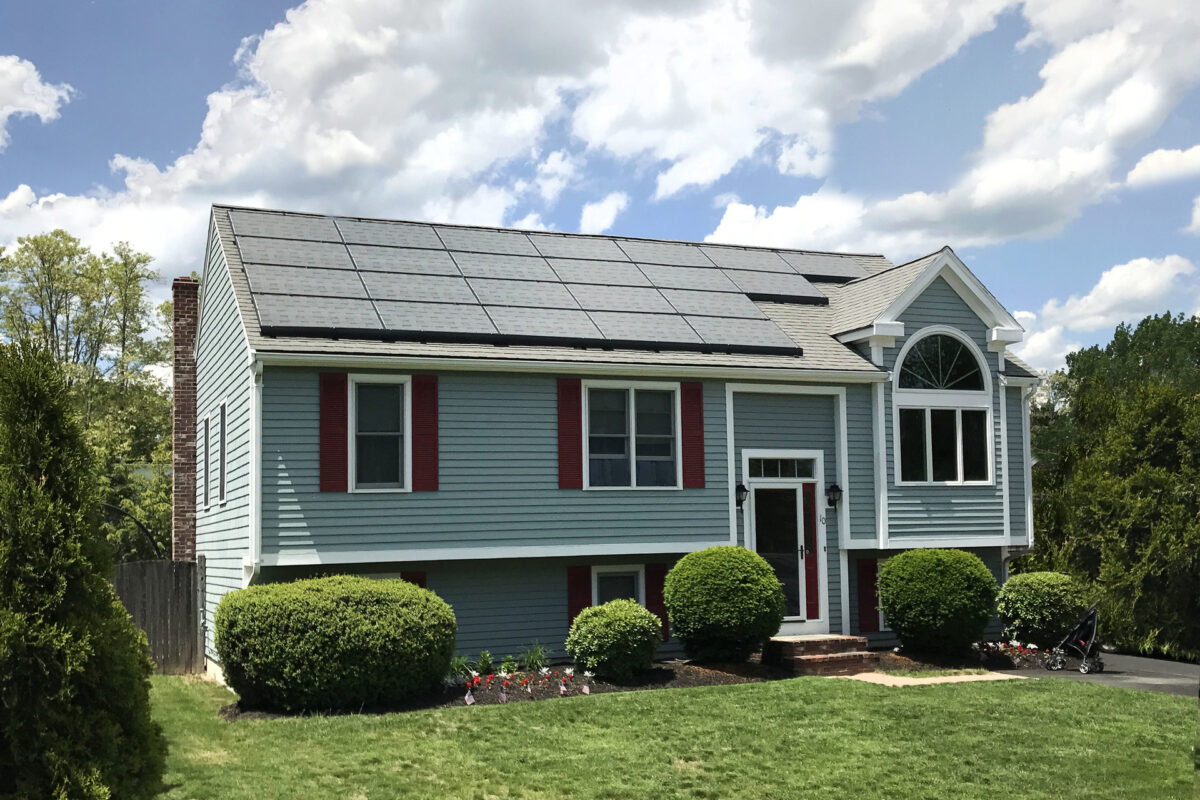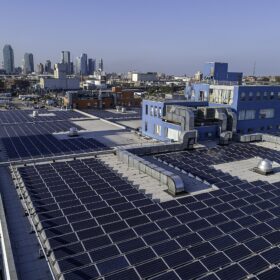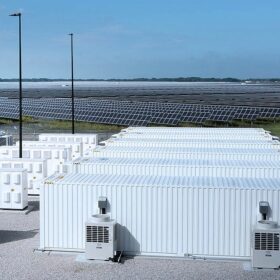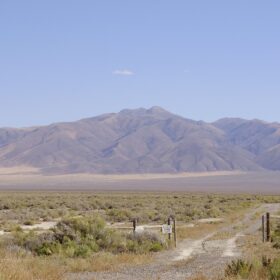In the U.S., the mantra “Drill, baby, drill” is repeated by President Donald Trump and his Republican colleagues, signaling intent to boost U.S. fossil fuel production. Given the cuts to clean energy tax credits in the One Big Beautiful Bill Act, the administration has taken a clear anti-renewable energy stance.
In Canada, Prime Minister Mark Carney has pushed the initiative “Build, baby, build,” and Canada has placed energy sector decarbonization in the crosshairs. Canada has set clean air regulations, finalized in December 2024, to set limits for emissions for fossil fuel power plants with the goal of phasing them out over the next three decades. By 2035, any power plant exceeding its limits must purchase compliance credits or offset emissions.
Canada also has a Clean Technology Tax Credit, making a 30% investment tax credit available to solar and wind projects through 2034, and 15% thereafter. The U.S., meanwhile, has placed a cutoff on tax credits for solar and wind projects placed in service after 2027, shortening the timeline on credits that were originally available through the mid 2030s.
While U.S. solar development is expected to march on, project developers are now facing a time crunch to qualify for federal tax credits. The result is many early-stage projects in development may ne abandoned as priority is placed on advanced-stage projects that are likely to be placed in service before impending deadlines.
A short-term boom is expected in the United States as solar developers push projects toward construction. Under the One Big Beautiful Bill policies, any project that has a “substantial portion” of the project built by July 4, 2026 can safe harbor tax credits and retain eligibility for projects placed in service through mid-2030, giving developers more time than the 2027 place-in-service cutoff.
“Solar installations are expected to increase in 2025-2026 as developers rush to meet deadlines,” said a press statement from Wood Mackenzie. “Permitted projects are well-positioned, but unpermitted developments face growing uncertainty as permitting bottlenecks threaten to push completion dates outside eligibility windows.”
Toronto-headquartered SolarBank develops solar and battery energy storage projects in both the United States and Canada. The company said it is prioritizing projects in advanced stages of development in the U.S. to ensure tax credits are attained.
“SolarBank is prepared,” Dr. Richard Lu, CEO of SolarBank said in a statement. “We have enough advanced-stage projects we can get into construction before the deadline to take advantage of the tax credits. In particular, there is still enough time to execute on the projects supported by the $100 million financing with CIM.”
The company secured a $100 million project-level capital funding deal with CIM Group, which provides SolarBank with capital to move toward construction on a 97 MW portfolio in the U.S.
SolarBank said it has prioritized development pathways in key U.S. states where site control, interconnection progress, and permitting are sufficiently advanced to qualify for full 48E investment tax credit under the new rules. A spokesperson for SolarBank told pv magazine USA projects in the NY-ISO region in upstate New York are expected to move forward more quickly.
The company said that in parallel, its diversified portfolio with projects across Canada offers resilience against U.S. policy risk. the Company is currently deploying battery storage systems in Ontario under the Independent Electricity System Operator’s (IESO) long-term RFP framework. It is also a participant in Nova Scotia’s community solar program.
“SolarBank benefits from Canada’s support to clean energy,” said Dr. Lu, “and is leading the charge to build Canada as an energy superpower.”
Canada’s solar, wind and energy storage sectors have grown 46% over the last five years through 2024 to a cumulative 24 GW combined, said the Canadian Renewable Energy Association (CanREA). Since 2020, Canada has installed nearly 2 GW of new utility-scale solar, more than 600 MW of new on-site solar, and more than 200 MW of new energy storage. CanREA is tracking another 10 GW of renewable energy that is expected to come online over the next five years.
“Prime Minister Mark Carney’s ‘build, baby, build’ mantra is a sweeping call to accelerate infrastructure, housing, and energy development across Canada. Solarbank is full speed forward with its Canadian projects,” the company told pv magazine USA.
Despite a less solar-friendly Trump administration, solar is expected to remain a strong feature in U.S. energy buildout. The United States will need to add over 206 GW of new power capacity by 2030, according to the Energy Information Administration, with solar expected to supply nearly three-quarters of that demand.
“March 2025 marked the 19th consecutive month that solar was the largest source of new electrical capacity in the U.S.,” said Dr. Lu. “As costs continue to fall, and with superior speed to market, in my view there remains a bright future for solar and battery storage projects.”
This content is protected by copyright and may not be reused. If you want to cooperate with us and would like to reuse some of our content, please contact: editors@pv-magazine.com.









By submitting this form you agree to pv magazine using your data for the purposes of publishing your comment.
Your personal data will only be disclosed or otherwise transmitted to third parties for the purposes of spam filtering or if this is necessary for technical maintenance of the website. Any other transfer to third parties will not take place unless this is justified on the basis of applicable data protection regulations or if pv magazine is legally obliged to do so.
You may revoke this consent at any time with effect for the future, in which case your personal data will be deleted immediately. Otherwise, your data will be deleted if pv magazine has processed your request or the purpose of data storage is fulfilled.
Further information on data privacy can be found in our Data Protection Policy.